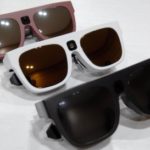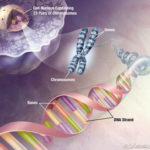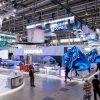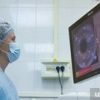Wiley, Zachary C. BS*; Huang, Xiaofan MS†; Staggers, Kristen A. MS†; Hamill, M. Bowes MD*
Author Information
Cornea ():10.1097/ICO.0000000000003469, January 19, 2024. | DOI: 10.1097/ICO.0000000000003469
Abstract
Purpose:
The aim of this study was to compare the rates of rebubbling after Descemet membrane endothelial keratoplasty (DMEK) and Descemet stripping endothelial keratoplasty (DSEK) between patients who had anterior chamber (AC) graft tamponade with 20% sulfur hexafluoride gas (SF6) and 6% perfluoropropane gas (C3F8).
Methods:
The charts of 431 patients undergoing EK from June 8, 2010, to April 16, 2023, were reviewed. Patients undergoing EK alone as well as combined procedures with cataract extraction and intraocular lens implantation were included. Eyes with tube shunts, anterior chamber intraocular lenses, and large peripheral iridotomy with posterior loss of bubble, and patients undergoing cyclophotocoagulation or synechialysis were excluded. All rebubble procedures were performed within 1 month after initial surgery.
Results:
A total of 346 eyes using SF6 and 167 eyes using C3F8 were analyzed. Overall, 46 eyes (9%) required rebubbling; 33 eyes (10%) in the SF6 group and 13 eyes (8%) in the C3F8 group. For those patients undergoing DMEK, the odds of requiring rebubbling in the C3F8 group were about 22% lower than that of patients in the SF6 group (operating room [OR]: 0.782; P < 0.001). For patients undergoing DSEK, however, the gas type did not significantly affect rebubbling rates (P = 0.99).
Conclusions:
For DMEK, utilization of 6% C3F8 as an AC tamponade was associated with a significantly lower odds of graft rebubbling compared with 20% SF6. Gas type did not result in a significant difference for DSEK. Utilization of 6% C3F8 for graft tamponade could be considered to reduce graft detachment rates in DMEK.












